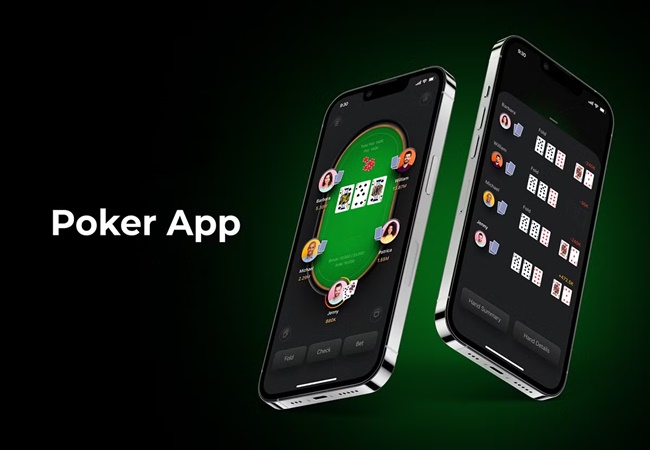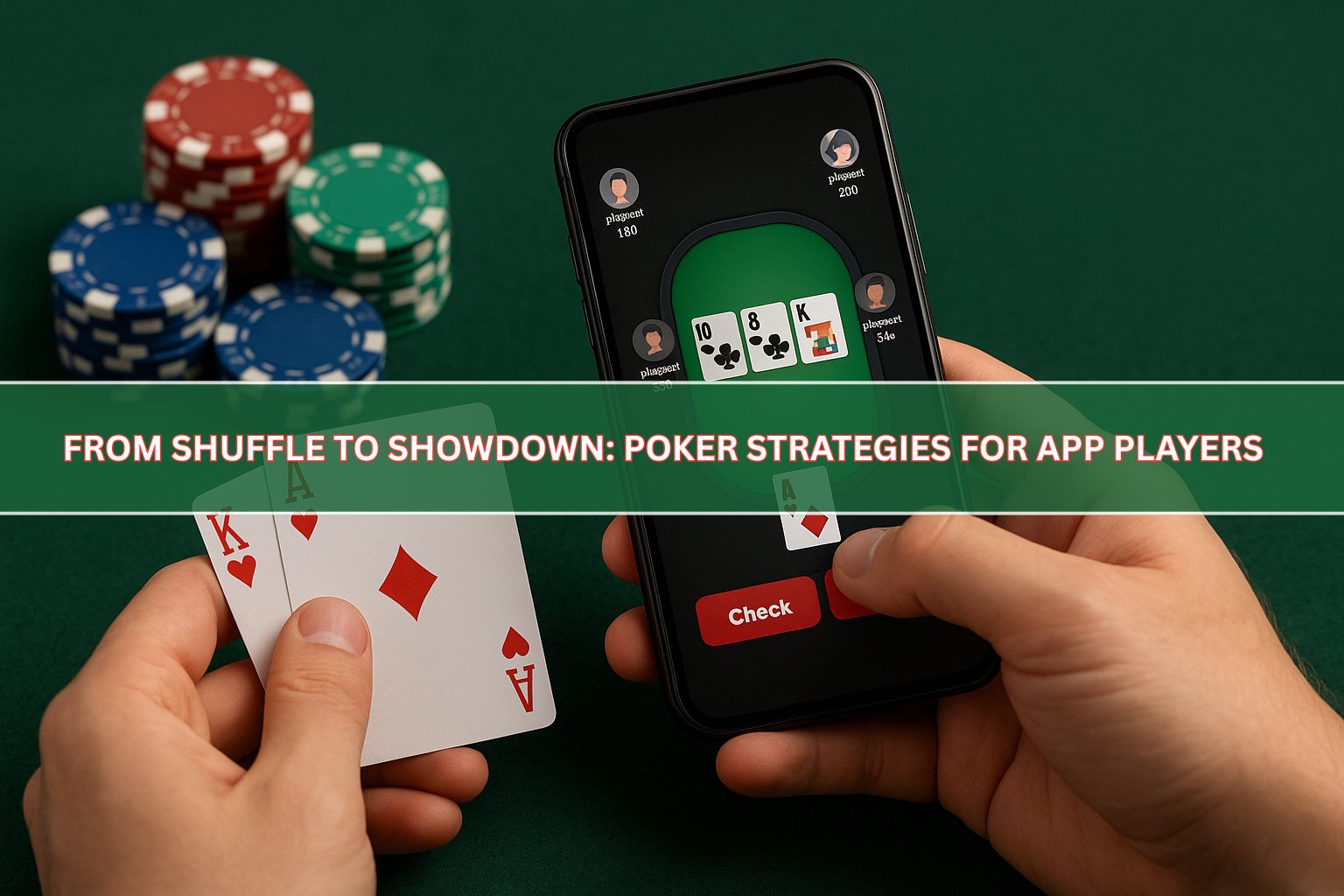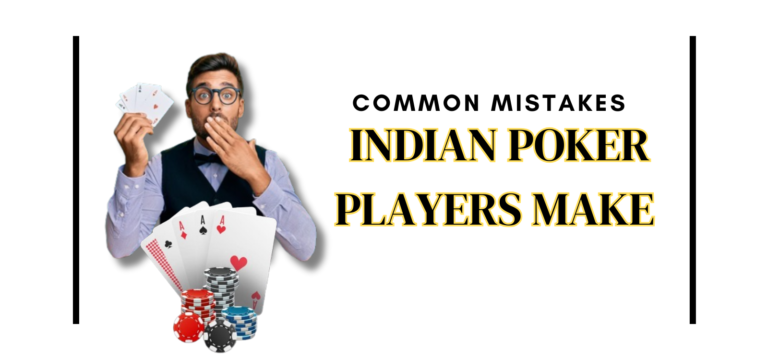From Shuffle to Showdown: Poker Strategies for App Players
Poker has been around for centuries, evolving from smoky saloons and high-stakes casinos into one of the most popular digital card games in the world. With the rise of mobile gaming, poker has found a natural home on apps, giving players the chance to test their skills anytime, anywhere. But while the fundamentals of poker and rummy games remain the same, the digital environment introduces unique dynamics that app players must master to succeed.
This guide explores the essential strategies that take you from the first shuffle to the final showdown, helping you adapt your game for the fast-paced, competitive world of poker apps.

Understanding the App Environment
Unlike live tables, poker apps and Teen Patti Stars present a different rhythm and set of challenges:
- Faster play: Hands move quickly, giving players less time to think.
- Multiple tables: Many apps allow multi-tabling, increasing opportunities but also dividing focus.
- Diverse opponents: You’ll face players from around the globe, from casual beginners to seasoned veterans.
- Unique features: Options like auto-fold, quick bets, and fast-forward tables can change how strategies unfold.
Recognizing these differences is the first step toward adjusting your tactics.
Early Game: Building a Solid Foundation
The first “shuffle” of cards is where many players go wrong by jumping into action too quickly. On poker apps, patience and discipline are even more crucial because reckless players are everywhere.
1. Tight-Aggressive Play
In the early stages of a session, stick to a tight-aggressive (TAG) approach. This means:
- Playing fewer hands, but playing them with confidence.
- Folding marginal cards instead of chasing weak draws.
- Raising strong hands rather than just calling.
This style helps you establish control while minimizing unnecessary risks.
2. Position Awareness
Even on mobile apps, position is king. Playing from late positions (like the dealer/button) gives you more information on your opponents’ moves, letting you make better decisions. Early positions should be approached cautiously, as you’re forced to act with less information.
3. Observe Opponents Quickly
Because app play is fast, you have to spot tendencies fast:
- Does a player fold often to raises?
- Is someone consistently aggressive, betting into every pot?
- Are there players who limp in frequently (just calling the big blind)?
Quick observations will shape your responses later in the game.
Mid-Game: Adapting and Expanding
Once the table dynamics settle, and you’ve developed a sense of how others are playing, it’s time to shift gears.
4. Adjust to Opponent Styles
- Against loose players: Play solid hands and let them overextend.
- Against tight players: Bluff more often and steal blinds.
- Against aggressive players: Use patience—trap them with strong hands.
Adaptability is key, especially on apps where player quality can swing drastically from one table to another.
5. Semi-Bluffing
Bluffing recklessly is a fast way to lose chips. Instead, master the semi-bluff: betting with a hand that isn’t strong yet but has potential (like a flush or straight draw). This way, poker apps give you two ways to win—forcing a fold or hitting your card.
6. Bet Sizing Matters
On poker apps, many players use preset bet buttons (like ½ pot, ¾ pot, all-in). Smart players go beyond that. Adjust your bet sizes to:
- Build the pot when you have a strong hand.
- Apply pressure when opponents show weakness.
- Avoid overbetting in situations where a smaller bet achieves the same effect.
Late Game: Closing the Gap
By the time you reach the late game—or the “showdown” stage—you’ll either be defending a chip lead or fighting to survive. Strategy here shifts toward maximizing every opportunity.
7. Stealing Blinds and Antes
In tournaments or longer app sessions, blinds and antes grow. Aggressively target these small but critical pots, especially from late position. Many opponents will fold marginal hands rather than risk chips.
8. Short-Stack Strategy
If your chip stack dwindles, tighten your play and look for all-in opportunities with strong holdings (like pocket pairs, high suited cards, or Ace-King). Playing timidly with a short stack usually ends in elimination—controlled aggression gives you the best chance to double up.

9. Big-Stack Bullying
On the flip side, if you’re holding a big stack, pressure shorter stacks by making them risk their tournament life. This doesn’t mean reckless play, but carefully targeted aggression when you play poker can push weaker players out while preserving your lead.
Showdown: Mastering the Endgame
The final showdown is where skill, psychology, and patience combine. To succeed in poker apps, you need more than just good cards—you need the right mindset.
10. Reading Bet Patterns
Since physical tells don’t exist on poker apps, you must rely on betting behavior. For instance:
- A player who suddenly bets big after being passive might have a monster hand.
- Repeated small bets could indicate a weak hand trying to see cheap cards.
Study the rhythm of bets to make informed calls or folds.
11. Heads-Up Play
In heads-up (1v1) situations, aggression is even more important. Hands that would normally be folded—like King-5 or Queen-7—gain strength. Mix bluffs with value bets, and constantly pressure your opponent to avoid becoming predictable.
12. Emotional Discipline
Tilt—emotional decision-making after a bad beat—is especially dangerous on apps where games are fast and relentless. The best players reset after losses, keeping their strategy sharp until the very last hand.
Advanced App-Specific Strategies
To truly excel in poker apps, you need to go beyond traditional poker skills and leverage app-specific advantages.
13. Multi-Tabling Efficiently
Playing multiple tables increases volume, but only do so once you’re confident. Use a consistent strategy across tables, and avoid distractions. Focus on quality decisions rather than just quantity.
14. Bankroll Management
Because poker apps make it easy to hop into games, bankroll management becomes critical. A good rule of thumb: never risk more than 5% of your bankroll in one session. This ensures you can withstand variance without going broke.
15. Use Tracking Tools (If Available)
Some poker apps offer stat tracking or hand histories, aligning with modern poker regulation standards. Reviewing your past games helps identify leaks in your play—whether you’re too passive, too aggressive, or making poor calls in certain situations.
Common Mistakes to Avoid
- Playing too many hands: The most common beginner error. Discipline is essential.
- Over-bluffing: Without balance, opponents will catch on quickly.
- Ignoring position: Even on poker apps, acting last is a huge edge.
- Chasing losses: Going “on tilt” to recover chips usually leads to disaster.
- Skipping study: Successful players practice outside the game—watching replays, reading strategy guides, or joining discussion forums.
Final Thoughts
From the shuffle of the first hand to the tension of the final showdown, poker on apps offers both thrilling entertainment and a true test of skill. But unlike casual card games, success here requires preparation, adaptability, and mental discipline. By combining foundational strategies with app-specific adjustments, you’ll sharpen your edge against the competition.
Poker will always involve an element of luck, but in the long run, it’s strategy that separates winners from the rest. Master these principles, and you’ll not only survive in the fast-paced world of poker apps—you’ll thrive.








